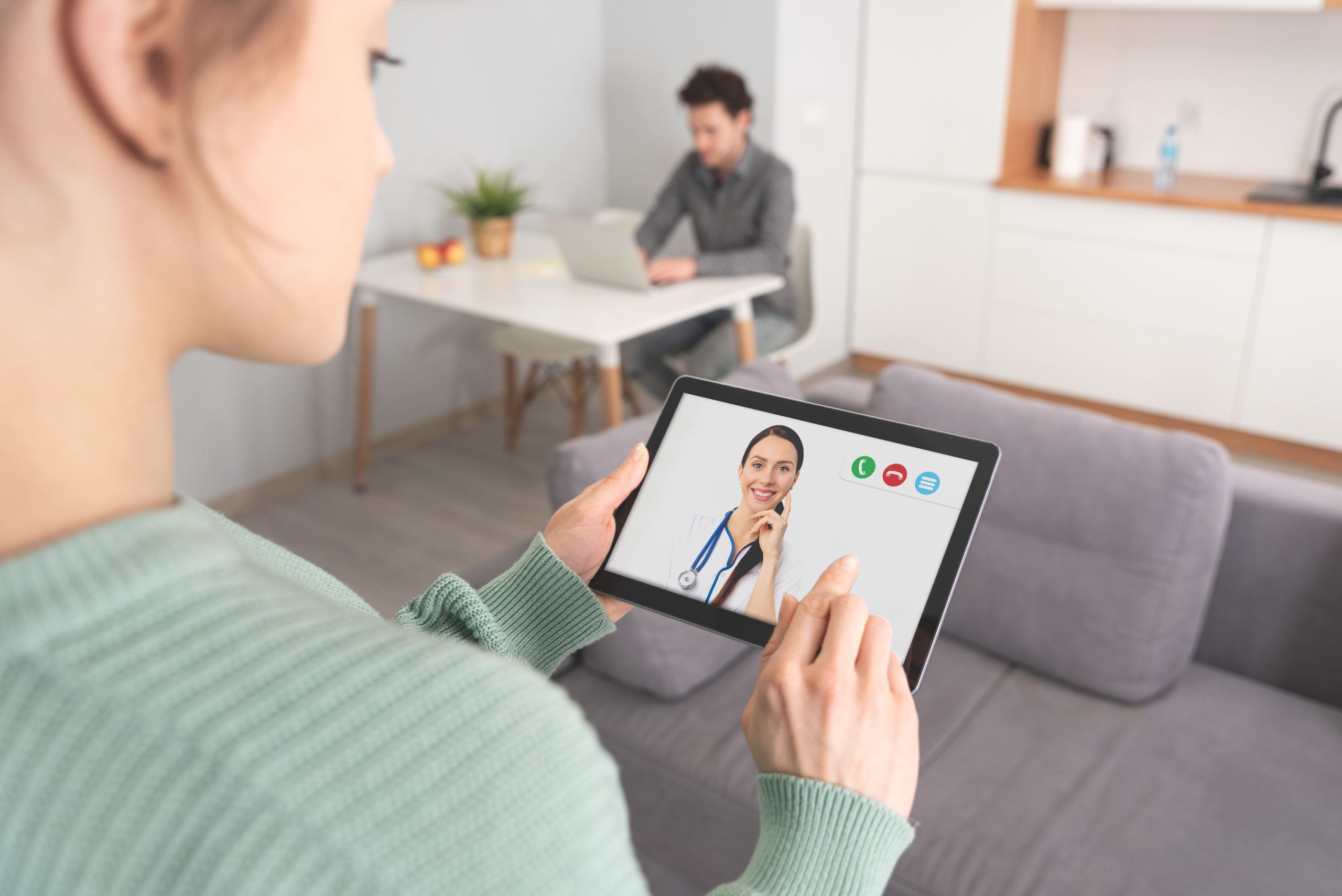The COVID-19 pandemic has disrupted healthcare as we know it, causing and accelerating changes that are likely to stay with us for years to come. It presents both a challenge and an opportunity. But by combining our technical and practical know-how to help patients and providers connect, we can keep patients and their well-being front and center in our innovation, right where they belong.
Since the pandemic took hold in the U.S., much has been written about the impact on patient volumes and disruption to preventative health and chronic disease management. The disruption causes concern for conditions that might go untreated but also indicates that patients are “probably seeking alternative levels of care for less acute things that they used to go to the emergency department for.”
In other words, patients are increasingly turning to outpatient care and, importantly, telehealth for routine and non-urgent care. And, according to Medical Economics, telehealth is here to stay. One reason, they write, is that virtual visits simply fit in to our digital-first lifestyle right now. The U.S. Department of Health & Human Services (HHS) appears to agree, recently releasing a report about the significant uptick in telehealth utilization and adoption since the declaration of the public health emergency.
Apart from patient and provider safety, an important factor driving that growth is that telehealth can have significant and long-term positive impacts on patient well-being. Patients who are engaged in telehealth can see their physician whenever they need and without the logistical challenges and inconvenience associated with in-person office visits. That means that patients can better manage their chronic conditions, medications, and lifestyle, all of which combine to create better healthcare outcomes. Telehealth also is more affordable – something that has been and will remain a key public health issue. Ultimately, the rapid and recent disruption of traditional healthcare has created an opportunity for providers and patients alike. However, the advantages of telehealth also present clinicians with the added challenge of a mountain of documentation requirements for these remote visits, above and beyond the existing administrative burdens.
Look for the helpers
Children’s TV host Fred Rogers would famously encourage kids to “look for the helpers” in times of change and worry because “you will always find people who are helping.” The healthcare space is filled with helpers; doctors, nurses, and caregivers in every hospital and nursing home have committed their lives to care for those of us who need it most and are making a difference in the world. But who is helping the helpers?
They’re helping each other, of course. Technology can help as well, with innovations that help diagnose and treat illness and automatically capture a patient’s story to lighten the burdens of documentation. Innovation not only can and should help providers deliver care, but it should also amplify their ability to provide the best possible care and empower them to engage with patients at a human, personal level without technology being an impediment.
This is why we at Nuance are continuing to invest in technologies and partnerships that let doctors spend more of their time doing what they love: caring for patients. Consider, for example, how an ambient clinical intelligence solution means that doctors can spend more time with patients, listening to their concerns, questions, and anxieties, and having more eye-to-eye contact with them instead of a computer screen. We’re seeing and hearing more examples of how our ambient solutions are doing just that and transforming the physician-patient encounter, including at Cooper University Healthcare.
Technology is, indeed, one of the most essential “helpers” right now. By leaning into telehealth and ambient technologies that eliminate barriers to positive physician-patient interactions, we are empowering providers to keep patients and successful healthcare outcomes front and center.







